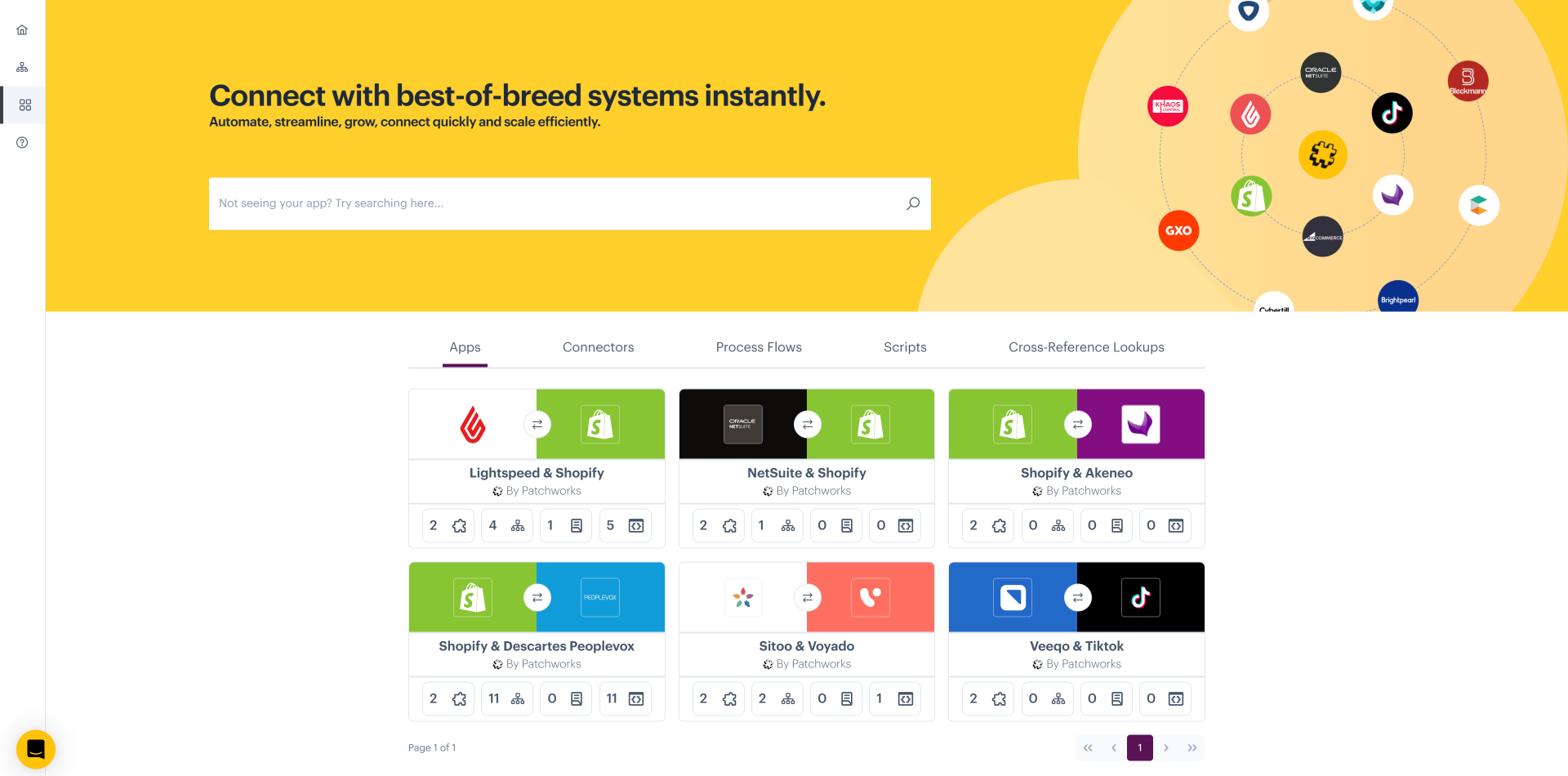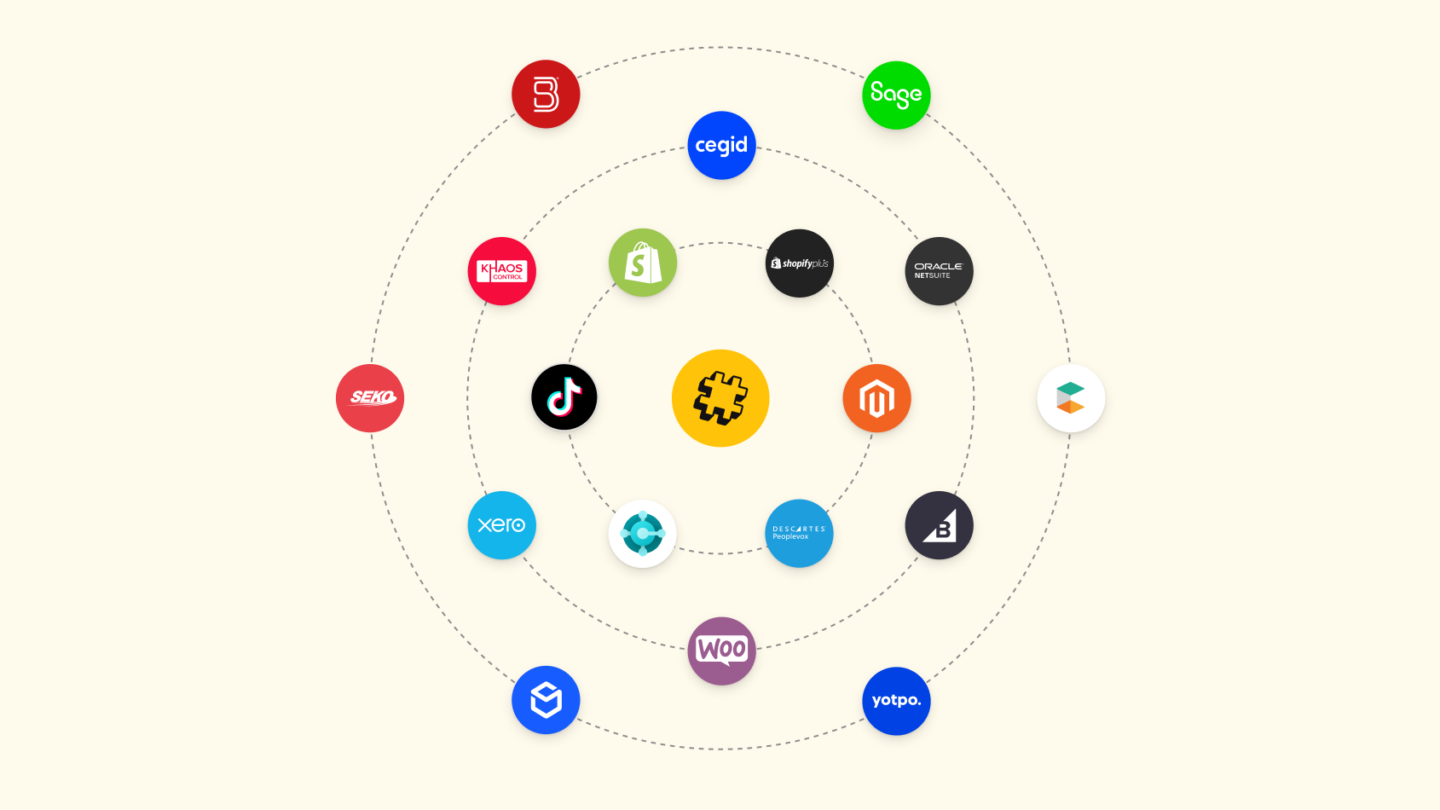What makes omnichannel strategies the backbone of seamless customer experiences?
Businesses encounter a labyrinth of challenges that can stifle growth and diminish customer satisfaction. The journey is fraught with obstacles, from weaving omnichannel narratives to synchronising data in real-time and orchestrating complex integrations across diverse platforms. Yet, navigating this intricate landscape underscores the critical need for a robust, scalable integration platform – a cornerstone for thriving in digital commerce.
Overcoming integration challenges with omnichannel strategies
The shift towards omnichannel retailing is a significant industry focus as consumer preferences evolve towards digitally enabled experiences. Manhattan’s report, “Redefining Retail: What’s Next for Shoppers and Retailers?” reveals an increasing trend of consumers (84 per cent) researching online before in-store visits, mainly to find the best deals—rising from 40 per cent in 2022 to 50% per cent in 2023—and check the product or stock information. With 89 per cent of consumers adjusting their shopping habits due to the rising cost of living, the demand for value through technology highlights the necessity for a seamless shopping experience across online and offline channels.

Source: Patchworks
However, creating this experience can be challenging for businesses due to pre-existing system fragmentation and the complexity of integrating different sales channels and backend systems. As a result, inconsistent customer experiences and operational inefficiencies can remain, undermining brand loyalty and affecting sales.
Manhattan’s findings emphasise the urgency for businesses to adopt omnichannel strategies and utilise integration platforms capable of real-time data synchronisation, ensuring a smooth transition from online research to in-store purchases and thereby elevating the shopping experience to meet contemporary consumer expectations.
Leveraging omnichannel strategies for personalised customer experiences
The increasing focus on personalisation and customer experience adds another layer of complexity to digital commerce. Just like a quick chat with the barista at a favourite café enhances your morning coffee, personalisation in digital commerce deepens customer connections in a similar way. This approach demonstrates a business’s dedication to recognising and valuing each customer uniquely, far beyond basic customer service.
With the advent of data analytics and artificial intelligence, retailers are now leveraging customer data more effectively to deliver targeted and relevant content. The increasing emphasis on personalised shopping experiences is driven by these advanced technologies, enabling businesses to analyse consumer behaviour and preferences in real time. This data allows for the creation of tailored messages or services that resonate with individual preferences, leaving a lasting impression.
This technological evolution underscores the importance of advanced integration technologies that enable real-time data synchronisation across various platforms and systems. By harnessing the power of omnichannel strategies, businesses can ensure a continuous journey for each customer through online and offline interactions.
Moreover, the challenges of global supply chain disruptions and the growing demand for sustainability in e-commerce emphasise the need for resilient supply chain strategies and eco-friendly practices. Achieving this requires a holistic view of operations, facilitated by the effective integration of supply chain management tools with other business systems. Through integrated and data-driven approaches, businesses can not only personalise the customer experience but also enhance their operational efficiency and sustainability efforts.
Mobile shopping and social commerce
The expected surge in mobile commerce to $710.4 billion by 2025 emphasises the need for businesses to optimise their mobile purchasing processes, enhancing customer experience and reducing cart abandonment. E-commerce strategies must be mobile-friendly and tailored to the mobile shopping journey to capture this expanding market.
Simultaneously, social networks have evolved from mere connection platforms to integral parts of the social commerce landscape. Today, platforms like Facebook, TikTok, Instagram, Snapchat, Twitter and Pinterest not only engage users but also serve as critical channels for online shopping, transforming into essential tools for product discovery and sales. This shift necessitates businesses to integrate their e-commerce strategies with social media effectively.
Adopting a dual strategy that optimises mobile and social commerce is vital for businesses aiming to remain competitive. Leveraging social networks for shopping and streamlining the mobile e-commerce experience enables companies to meet consumers where they are, offering an intuitive, engaging shopping journey that drives sales and fosters loyalty.
Here’s where Patchworks can help you
Facing digital commerce challenges like system fragmentation and the complexity of omnichannel integration, businesses find a robust solution in Patchworks. As a leading integration platform, Patchworks offers a scalable and versatile solution, connecting e-commerce platforms, ERPs and point-of-sale systems into a cohesive ecosystem. Its user-friendly interface allows for easy integration, adoption and workflow automation.
The transformative impact of Patchworks is illustrated through its collaboration with Tentsile, which faced considerable scalability challenges due to a basic and disjointed tech stack. Through the integration of their core systems with Patchworks self-serve, no-code/low-code platform, the tent manufacturer drastically reduced manual processes, cutting email correspondence with warehouses by 95 per cent and saving up to a hundred hours of labour during peak times.

Source: Patchworks
Patchworks excels in real-time data synchronisation, ensuring accurate, up-to-date information across all systems, which is crucial for optimising customer experiences. Designed for growth, it supports scalability and flexibility, allowing businesses to evolve without vendor lock-in constraints. This adaptability is complemented by Patchworks’ strong commitment to data security and regulatory compliance, providing a secure foundation in a world of rising cyber threats.
As digital commerce continues to evolve, embracing omnichannel strategies becomes not just a competitive advantage but a necessity. The journey towards a more integrated, efficient and scalable business environment is complex, but it is within reach with the right tools and strategies. Patchworks exemplifies the transformative potential of integration platforms in meeting today’s digital commerce challenges, offering a path forward for businesses ready to embrace the omnichannel future.
Contact Patchworks here to find out more and to see how they integrate any system in your eCommerce tech stack that has an API.









